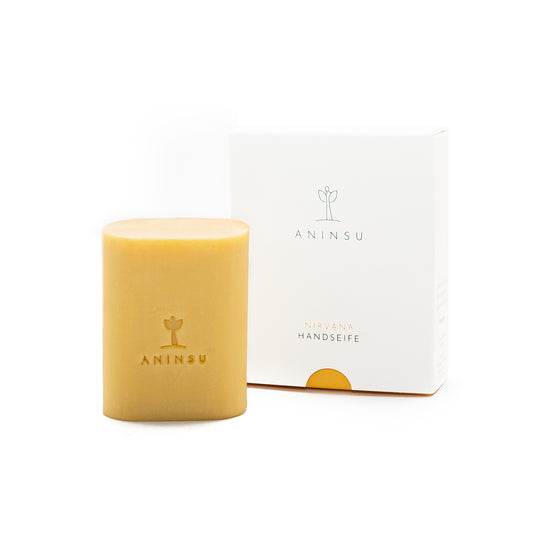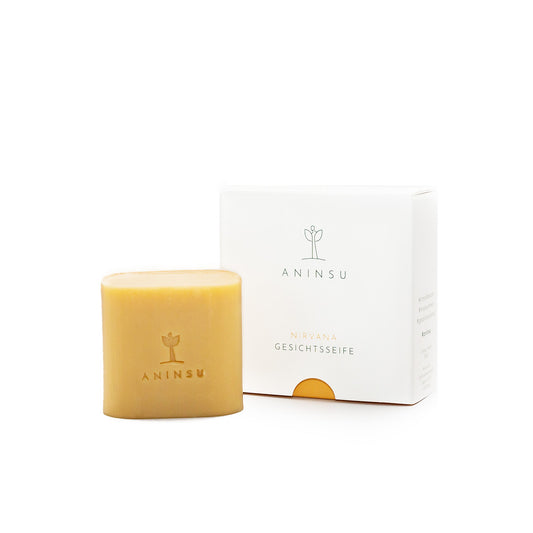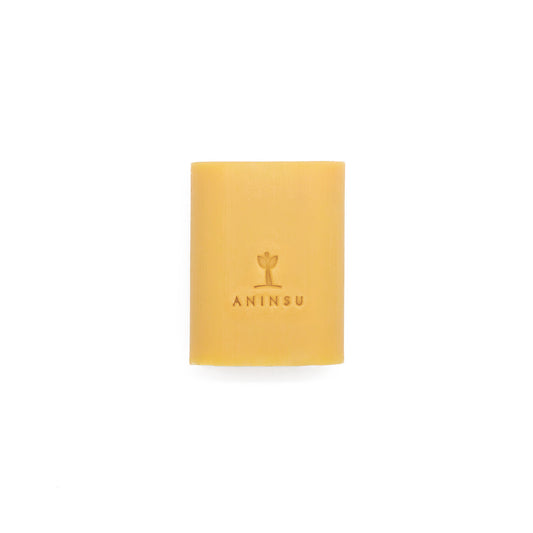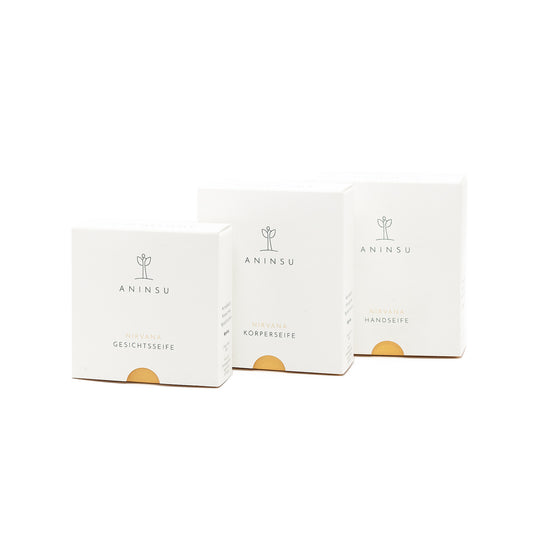Soap dishes and trays are the classics when it comes to storing soaps. They come in numerous shapes, colors and materials such as ceramic, plastic, concrete, metal, wood and enamel. However, when choosing a soap dish, not only aesthetic aspects should be considered, but also its functionality and environmental friendliness.
Functional features
A critical function of the soap tray is to ensure that the soap can dry quickly after use. Flat trays on which the soap rests directly will cause the back of the soap to remain wet and begin to smear. Ideally, the filing side should have enough grooves to allow for good air circulation to help the soap dry quickly.
Drainage holes are another important feature that the soap dish should have. Through these holes, drained water can flow away easily, so that the soap does not stand in the water and thus lasts longer. The inclination of the rack in the direction of the drainage holes enhances this effect and ensures better drainage.
Environmentally friendly materials
In terms of sustainability and environmental friendliness, it is advisable to opt for a soap dish made of eco-friendly materials. So, no to plastic and instead prefer natural materials such as silal or wood, which offer a sustainable alternative to conventional plastics and provide an attractive look in the bathroom.
Are bioplastic soap dishes a good idea?
Bioplastic soap dishes are a promising option for environmentally conscious consumers. Bioplastics are made from renewable resources and help reduce the use of fossil resources. Compared to traditional plastics, which are often derived from petroleum, bioplastics have a better environmental footprint because they can (but unfortunately don't have to) be biodegradable or compostable. The truth is, however, that the issue of bioplastics is still relatively in its infancy, and products from this category of materials are often recyclable in theory, but not recycled in practice because recycling companies lack the appropriate technology. Until there is progress on this, we should reuse bioplastic products and packaging whenever possible.
When choosing bioplastic soap trays, it is also very important to pay attention to the exact composition of the material and ensure that it is free of harmful chemicals and plasticizers. To promote a sustainable alternative, the production of bioplastics should also be environmentally and socially responsible. By choosing a bioplastic soap dish, you are contributing to the protection of the environment and supporting the development of sustainable solutions in the consumer goods industry.
Conclusion
Choosing the right soap dish can have a huge impact on the durability and care of your soaps. Functional features such as adequate grooves and drainage holes ensure quick drying and prevent the soap from standing in the water. In addition, environmentally friendly materials such as wood can offer a sustainable alternative to conventional plastics and thus also increase environmental awareness in the bathroom.










